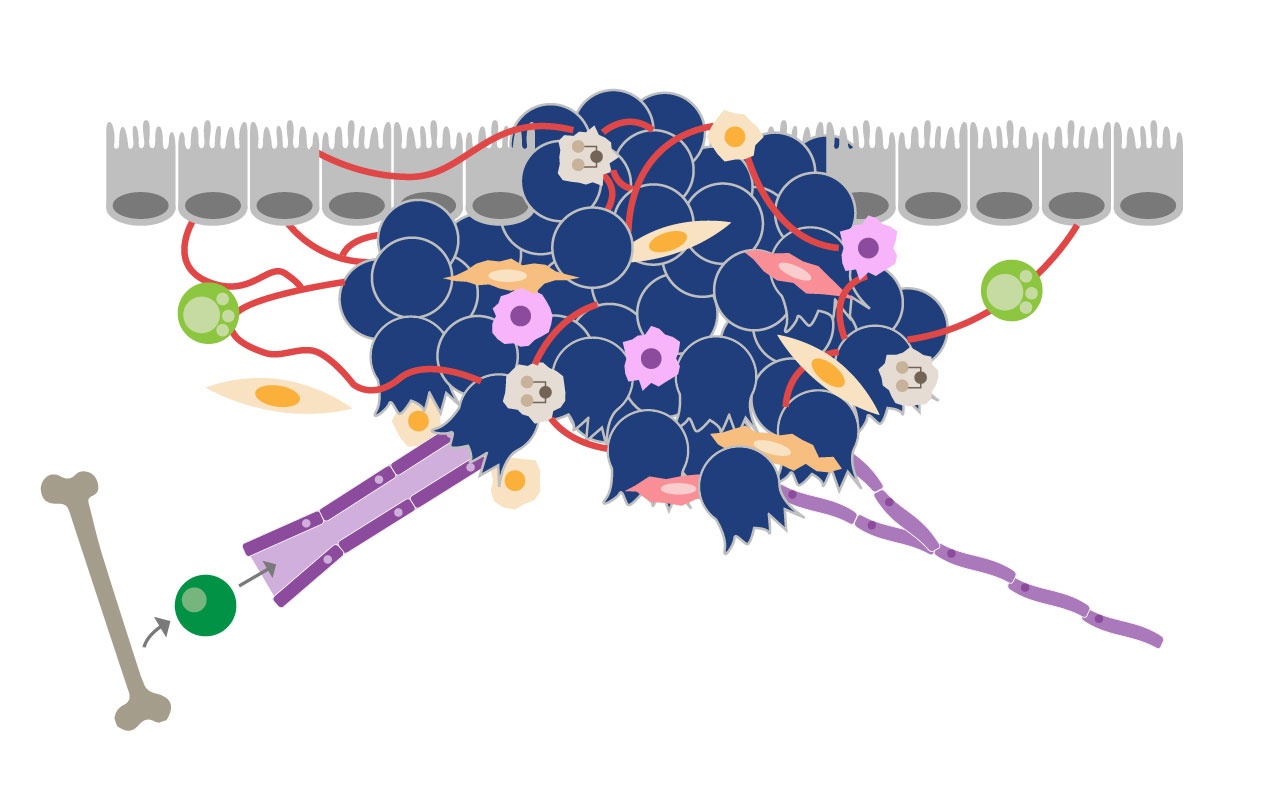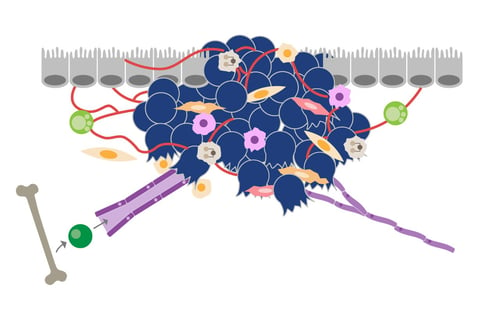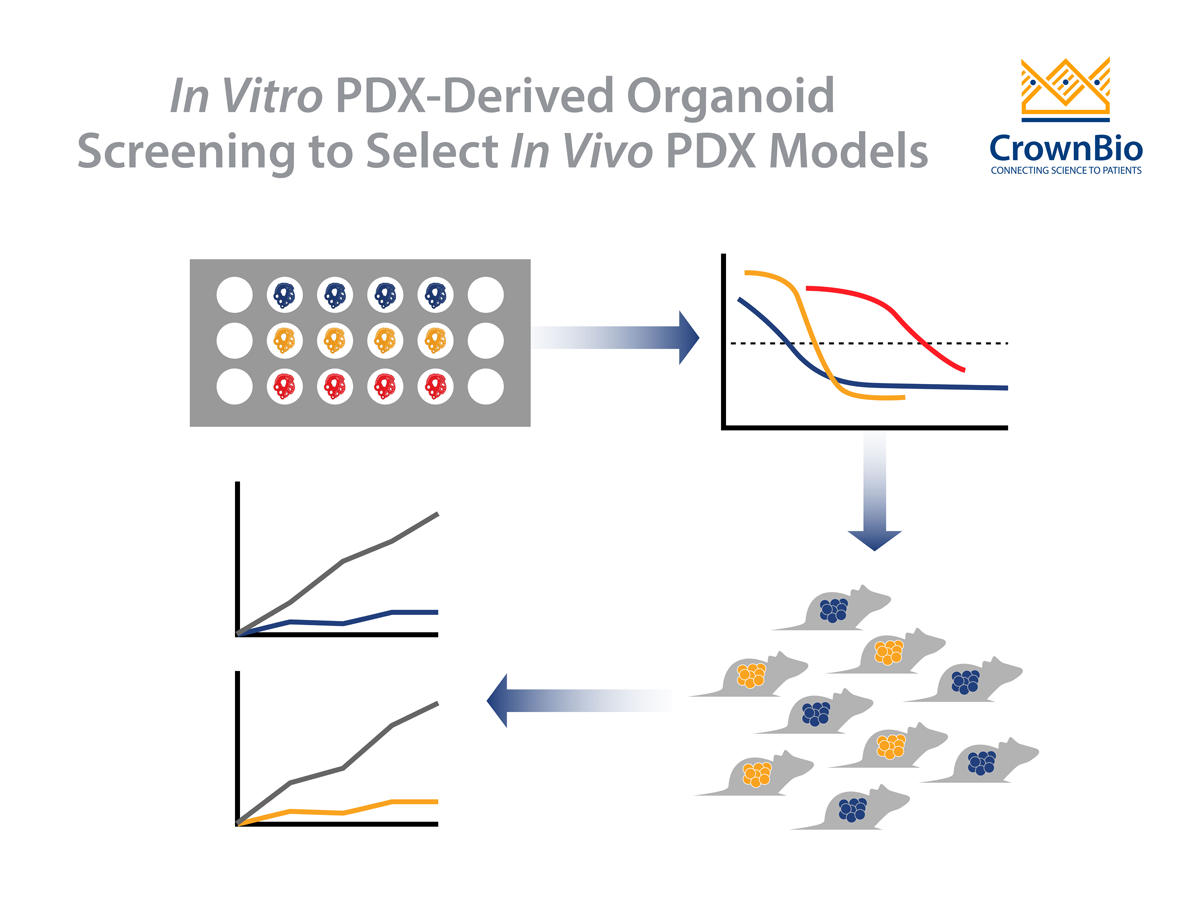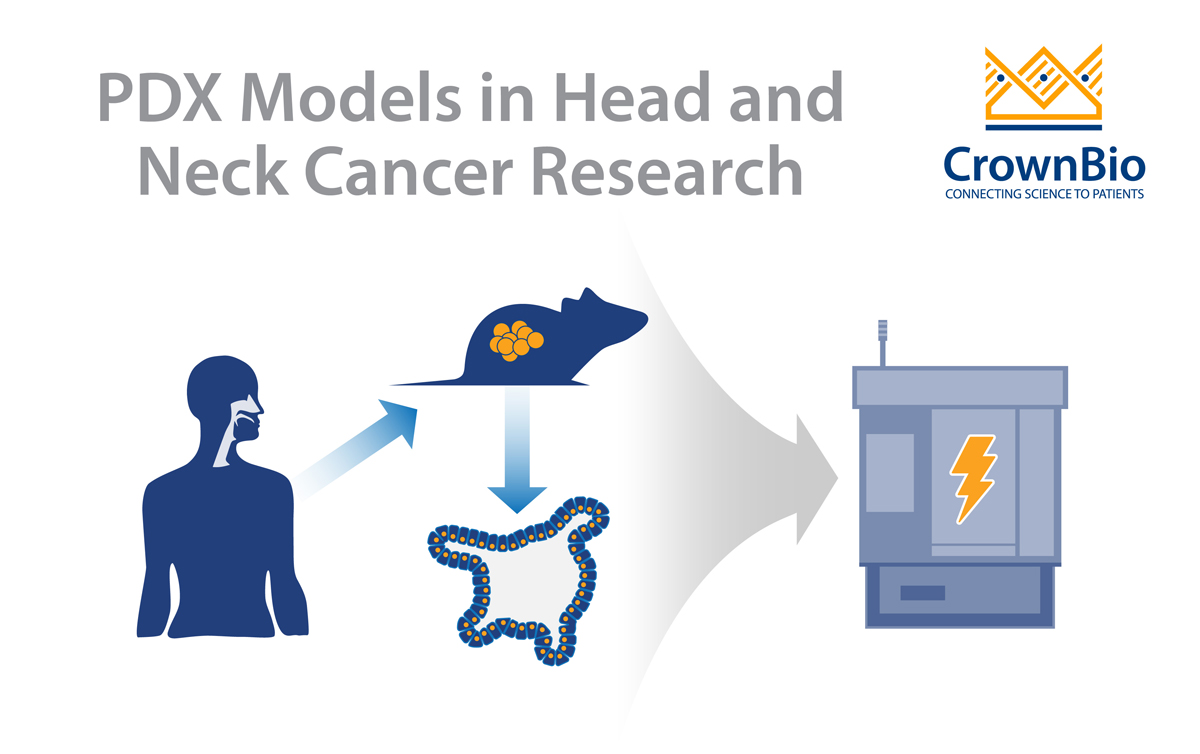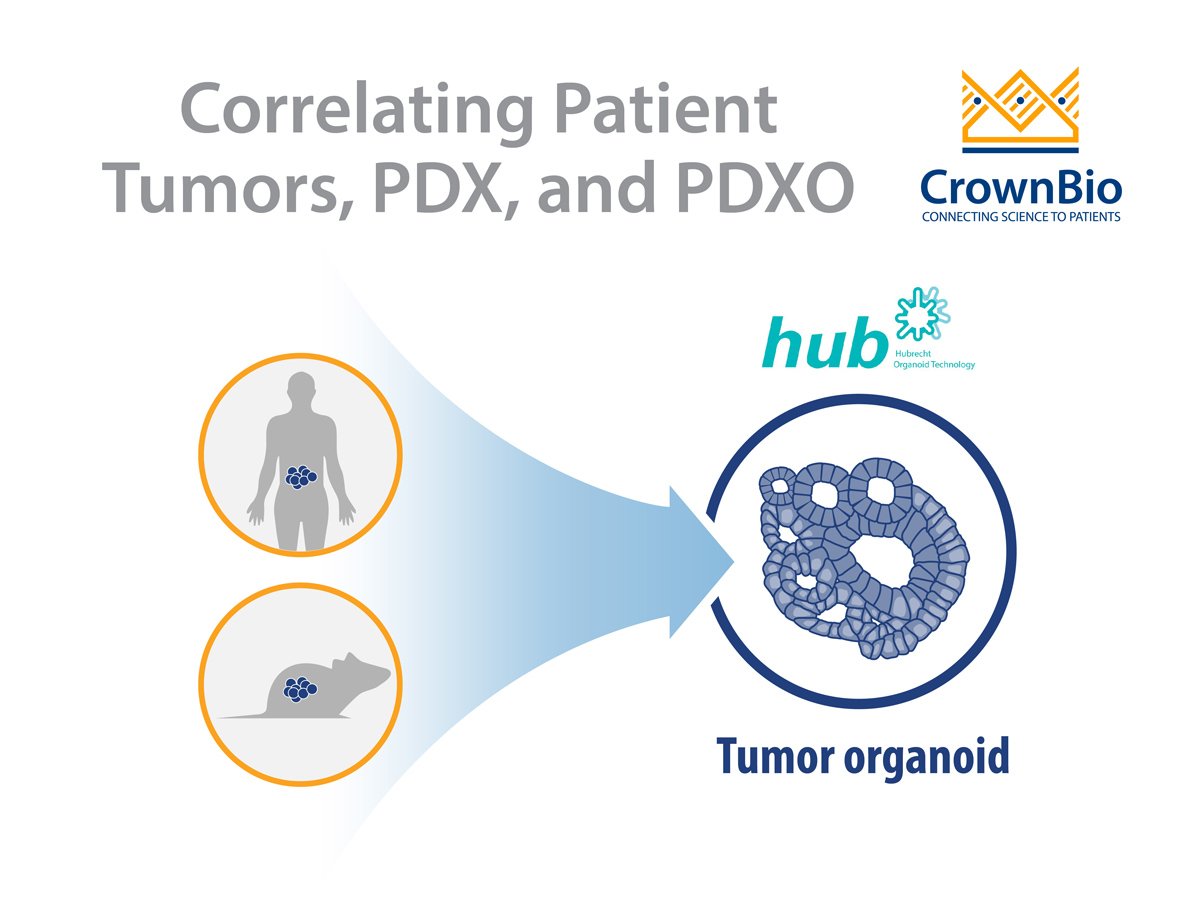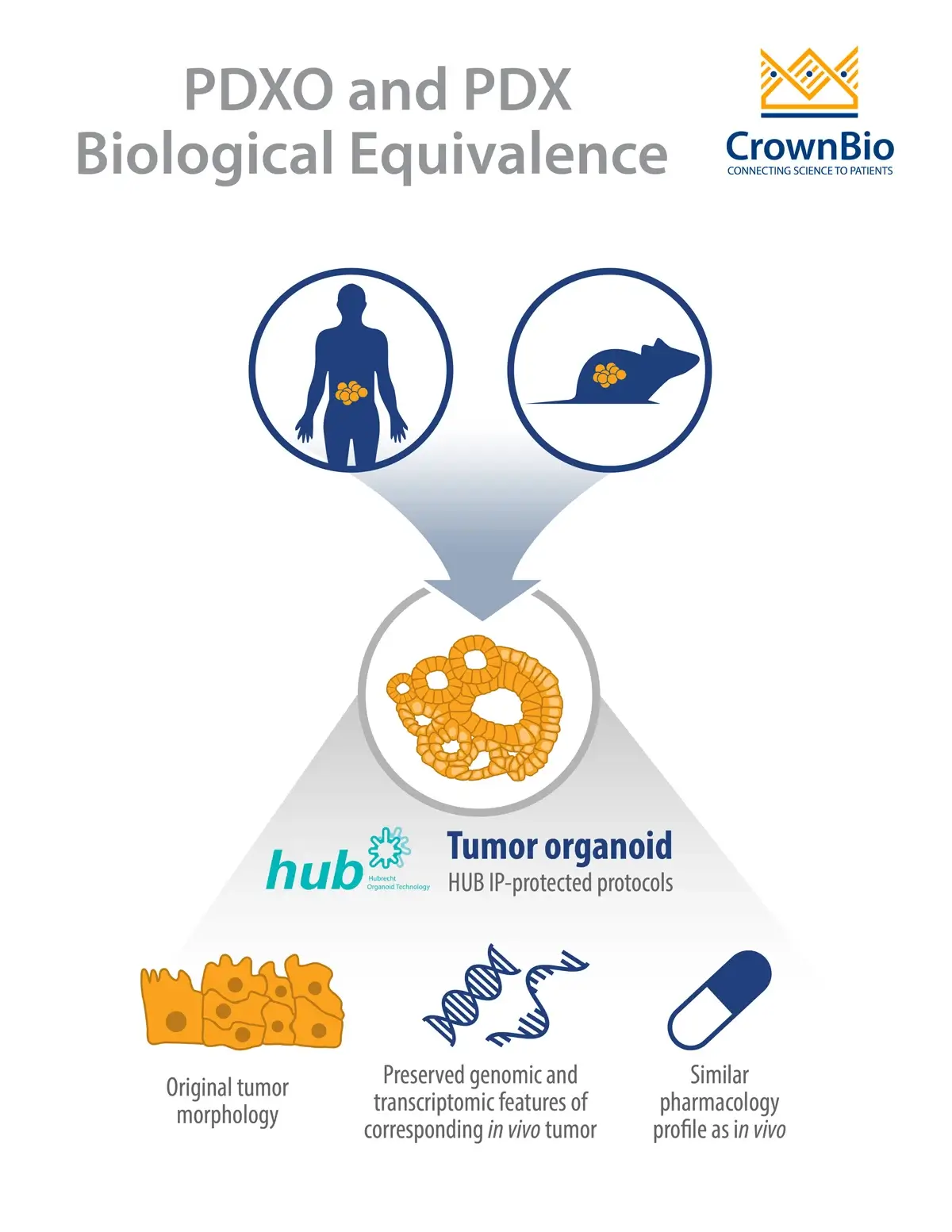 The diversity of cancers is due to the fact that there are numerous different types, along with many different mutations. In previous blogs we have discussed how both heterogeneity and the tumor microenvironment (TME) play a role in tumor progression, metastasis, and resistance, as well as how stromal interactions and the immune microenvironment are influenced by therapies.
The diversity of cancers is due to the fact that there are numerous different types, along with many different mutations. In previous blogs we have discussed how both heterogeneity and the tumor microenvironment (TME) play a role in tumor progression, metastasis, and resistance, as well as how stromal interactions and the immune microenvironment are influenced by therapies.
However, it has proven to be quite challenging to study stroma-specific components because of the complexity of isolating stroma from tumor cells. This isolation can be done by either physical microdissection or in silico via bioinformatics.
Patient-Derived Xenografts Mirror Patient Tumors
We have also previously discussed why patient-derived xenograft (PDX) models have been coined to be predictive, but to recap PDX mirror patient tumor:
- Histopathology
- Molecular pathology
- Cellular biology
- Response to treatments
- Heterogeneity within and among patients
PDX Genomic Integrity and Heterogeneity Provide Vital Tools to Study the TME
Therefore, PDX models are essential to study the TME due to the genomic integrity and heterogeneity being preserved in these models, which was the focus of our short talk and one of our 13 posters at this year’s AACR-NCI-EORTC International Conference.
PDX models have been shown to be quite a predictive indicator of tumor sensitivity and resistance. Furthermore, human and mouse components can be separated in silico, resulting in PDX being an excellent model to study tumor-stroma interactions.
Whole Transcriptome Sequencing for Analysis
In order to accomplish this, research groups can utilize whole transcriptome sequencing (RNAseq) on PDX models and align reads obtained to both human and mouse genomes in order to differentiate between human and mouse content.
Mathematical algorithms can then be incorporated to evaluate infiltration of human immune and stromal cell populations from gene expression data in order to generate cellular signatures. From this data analysis cross-species (mouse and human) expression networks can be constructed to identify novel relationships between mouse and human genes in PDX collections and specific cancers.
Future Directions: PDX Utilization to Model Human Patient TME?
Future directions for unraveling human and mouse stromal and immune components may possibly lead to PDX utilization to model human patient TME.
For more information review our related poster B209 from the AACR-NCI-EORTC International Conference on Molecular Targets and Cancer Therapeutics 2017

